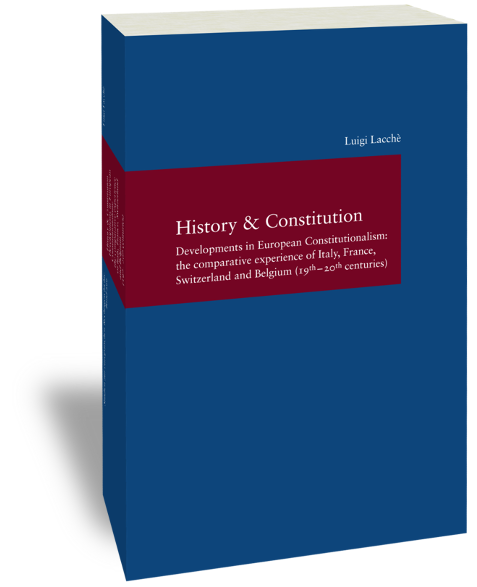WHAT Quantity and Quantification in History, XXXVI Conference of the APHES (Portuguese Association of Economic and
Social History)
WHEN November 18-19 2016
WHERE Faculdade de Economia do Porto, Porto (Portugal)
The city of Porto will host the 36th Annual Meeting of the APHES, which
will take place at the Faculty of Economics of the University of Porto on the
18 and 19 November 2016
New Extended deadline for proposals: 30 June 2016
Communication of acceptation: before 31 July 2016
Keynote Speaker: Professor Bruce Campbell,
Queen’s University, Belfast (“Measuring the Medieval Economy”)
Theme
The theme chosen for this meeting is “Quantity and Quantification in
History”. In Portugal and throughout Europe, the last decade saw the emergence
of major research projects dedicated to the collection of vast quantities of
historical data, though not necessarily by historians. This coincided with the
development of new quantification methods and tools, in both History and in
other disciplines. This poses challenges that historiography cannot be
indifferent to. On one side, this trend stimulates historians to experiment
with increasingly demanding, but also increasingly rewarding, quantitative
methodologies. On the other side, heuristics, hermeneutics and the very rules
of their craft mean that historians possess a unique vantage point on these datasets
and on the sources they are built upon. Either way, quantitative research on
historical data enhances the role of Economic and Social History in the
frontier with the remaining social sciences.



















